Hello guys, I have been think a little more about Planet zoo and what these new Colour morphs and Diving updates bring to the animals, really adding life to them, and how these could be added on to add more to the wonderful animals this game provides us. One of these ideas I have talked about before but i wanted to expand them here and show off how they could be applied
First, lets talk about diving. Diving really does add a lot to the animals that use it now, and really makes underwater viewing in habitats engaging and incredible to watch, and with them coming to animals in future, I made a little list to give a good idea of what animals would really benefit from this system
April 2022

With animals coming soon getting unique, new skins, I feel like animals with high diversity of tusks, horns, antlers, manes and other more impressive display structures. I feel like this could a real cool mechanic that could be used to help identify animals at a glance, and affect animal ratings. Pre-set variants chosen at random for each individual with different parameters (Long/short, Thick/thin, crooked or broken, along with a bunch of other pre-sets) . And these could even affect the genetics and rating systems, with a huge tusker elephant or a reindeer with a huge set of antlers not only being signs of high quality genetics, they could also have much higher rating than their lower level, less impressive counterparts with smaller, potentially deformed horns, antlers etc.
To add to that, there are species that have species specific colour morphs that can be rare and only found in only in a particular species, genera of family. things like Golden Gemsbok, Golden tabby tigers and King Cheetahs fall under this, and are a bit more specific that the colour morphs, unlike thing like Leucism, Melanism. and Albinism which apply to pretty much all animal that have melanin. Having these are rare or uncommon morphs really would add to the trading aspect and variation within these animals and keep interest in breeding animals for more than just albinos.
April 2022

Horn/Tusk/Antlers/Crests/Mane Variation
24/8/21: Updated to fit the Southeast Asian and African Pack
5/10/21: Updated to fit the North American Animal Pack
29/4/22: Updated to fit the Europe and Wetland Animal Pack
First, lets talk about diving. Diving really does add a lot to the animals that use it now, and really makes underwater viewing in habitats engaging and incredible to watch, and with them coming to animals in future, I made a little list to give a good idea of what animals would really benefit from this system
April 2022
- Elephants(African/Asian): Elephants are very good swimmers, famous for swimming to offshore islands and are pretty good divers too, being able to use their trunk to snorkel under the surface, and watching them play and enjoy the water is always fun to watch, even in underwater viewing, which is criminally underused in zoos

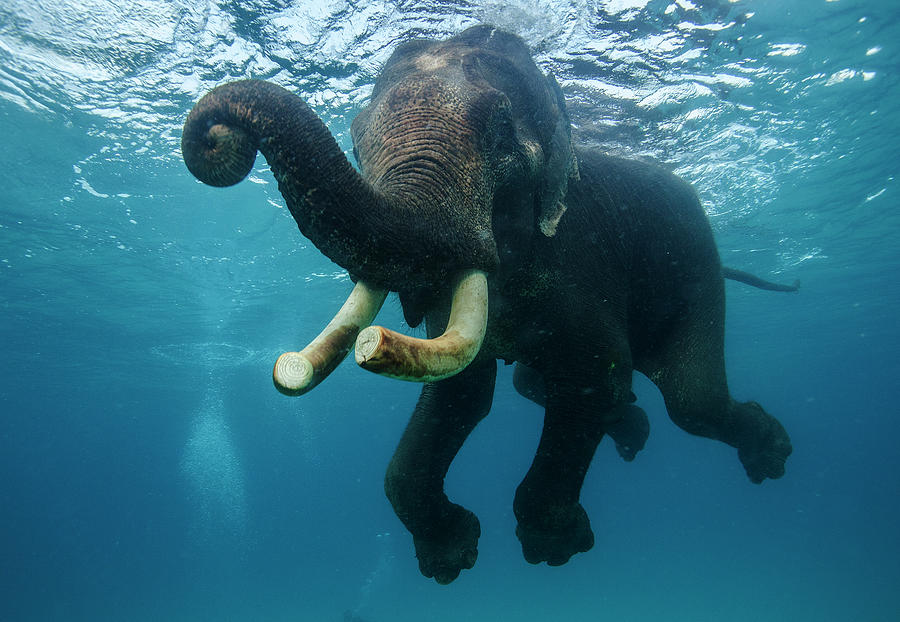
- Himalayan Brown Bear : We have all seen the images and videos of Grizzly bears hunting salmon and Polar bears swimming between icebergs, having them play and dive about is always fun, and it would be weird to have polar bears, which are considered a marine mammal unable to dive.

- Hippos (Nile, Pygmy): While they do already walk underwater in game, hippos can sort of gallop and rise up to the surface to take a breath, with young hippos quite agile under the water

- Tapirs (Baird's ,Malayan) : In a similar manner to hippos, tapir can walk along the bottom of rivers and are quite good swimmers

- Indian Rhino, Wild Water Buffalo: These animals do very much enjoy wallowing in water, and while the don't really dive like hippos or tapirs do, they can full submerge themselves in the water, so maybe something like the hippos now or some way to fully submerge themselves could be fun

- Moose: Moose are very great swimmers and are the only deer that can feed underwater, feeding on aquatic plants like lilies and pondweed. They have been known to dive over 5 meters or 18 feet down to feed on lake bottoms, so adding diving would help moose become even more distinct
- Monitor lizards (Nile, Komodo): Komodos are famous for swimming between islands, and even monitor lizards in general are very good at swimming (images are not the species in question but give a good idea)

With animals coming soon getting unique, new skins, I feel like animals with high diversity of tusks, horns, antlers, manes and other more impressive display structures. I feel like this could a real cool mechanic that could be used to help identify animals at a glance, and affect animal ratings. Pre-set variants chosen at random for each individual with different parameters (Long/short, Thick/thin, crooked or broken, along with a bunch of other pre-sets) . And these could even affect the genetics and rating systems, with a huge tusker elephant or a reindeer with a huge set of antlers not only being signs of high quality genetics, they could also have much higher rating than their lower level, less impressive counterparts with smaller, potentially deformed horns, antlers etc.
To add to that, there are species that have species specific colour morphs that can be rare and only found in only in a particular species, genera of family. things like Golden Gemsbok, Golden tabby tigers and King Cheetahs fall under this, and are a bit more specific that the colour morphs, unlike thing like Leucism, Melanism. and Albinism which apply to pretty much all animal that have melanin. Having these are rare or uncommon morphs really would add to the trading aspect and variation within these animals and keep interest in breeding animals for more than just albinos.
April 2022
Horn/Tusk/Antlers/Crests/Mane Variation
- Elephants(African/Asian): Elephants have a huge amount of variation within their tusks, and the Large male/female tuskers like Tim and the "Queen of elephants"F_MU1 are some of the most impressive animals the world has to offer, and having big tuskers in your zoos would be very impressive to see. Having variation like long skinny tusks, broken tusks, asymmetrical tusks and even Female Asian elephants with small tusks and other variation within that would really add to these animals
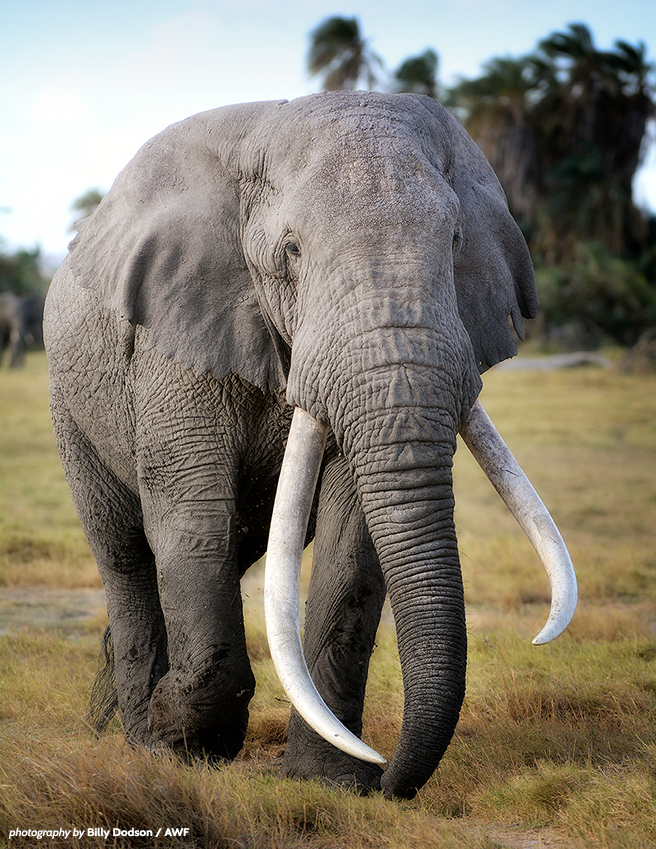


- Warthog, Babirusa, Hippos (Nile, Pygmy) : With these animals teeth, they can often have variation within them, with them being broken or crooked, and can add a lot of character
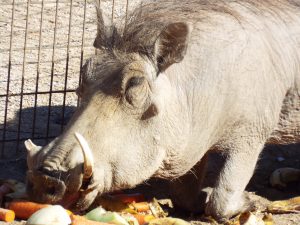

- Pronghorn, Okapi, Giraffe: The ossicones and the horns of the Pronghorns can vary quite a bit in size, and in male giraffes sometimes the fur on ossicones fall off due to conflict with other males.
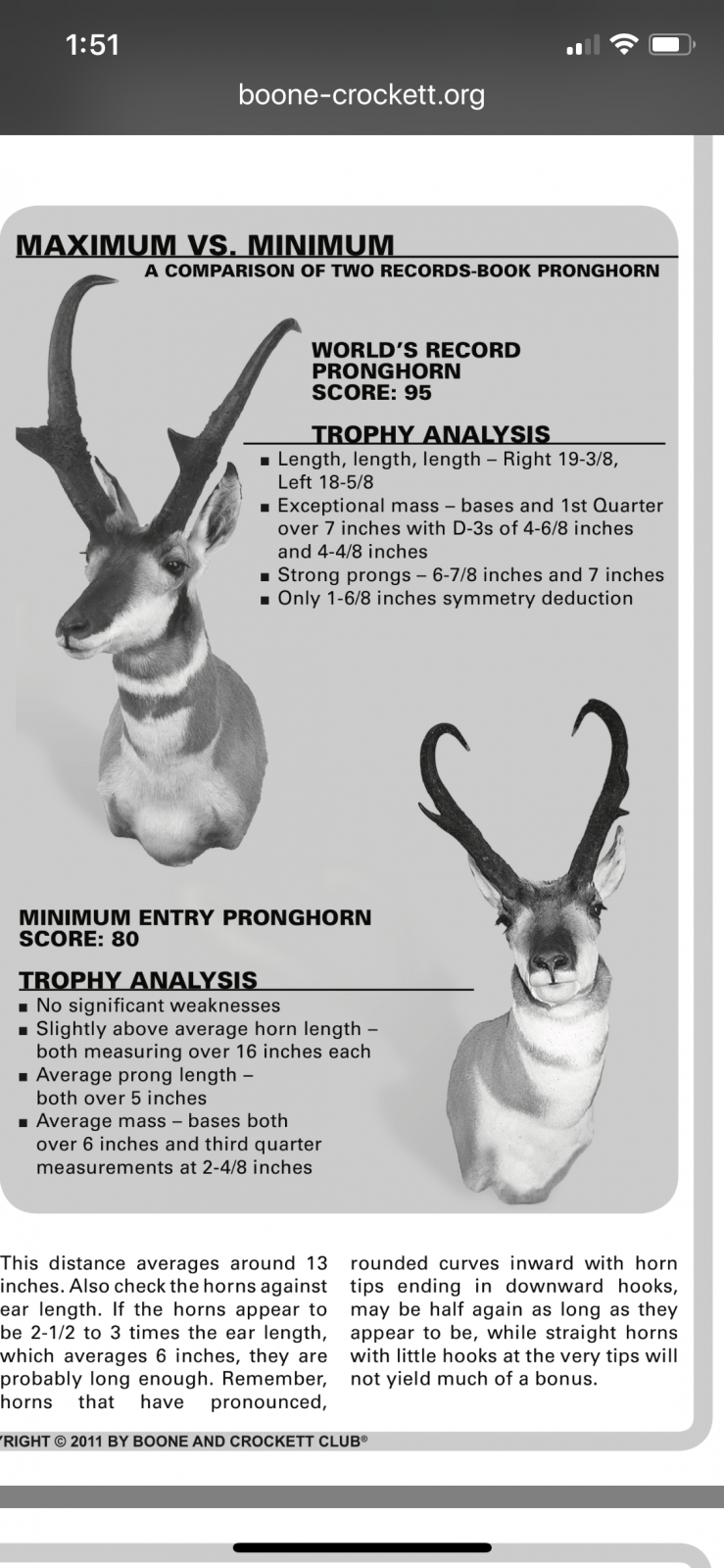



- Deer (Reindeer, Moose, Falllow ) : Antlers are high variable and have can be very impressive in this deer species, with both males and females possessing impressive antlers .

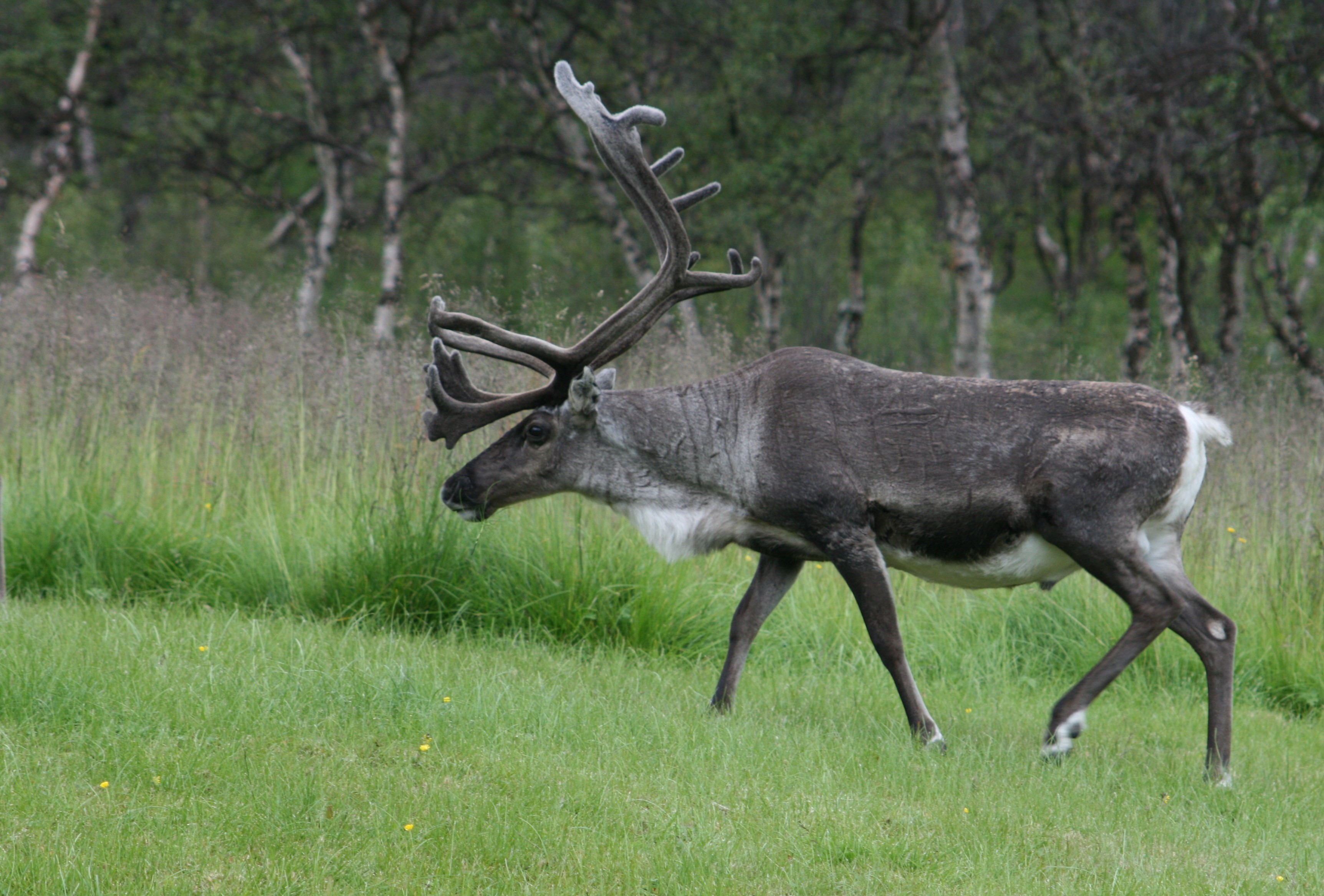
- Bovids (Cape Buffalo, American Bison, Wild Water Buffalo, Nyala, Bongo, Thompson Gazelle, Dall Sheep, Alpine Ibex, Nile Lechwe, Sable Antelope, Black Wildebeest): Bovids are famous for there incredible variation within both species and the family in horn shape and size, and a great deal of them like the horns of Cape Buffalo and Dall Sheep can be very impressive (Nyala males also have a red morph)
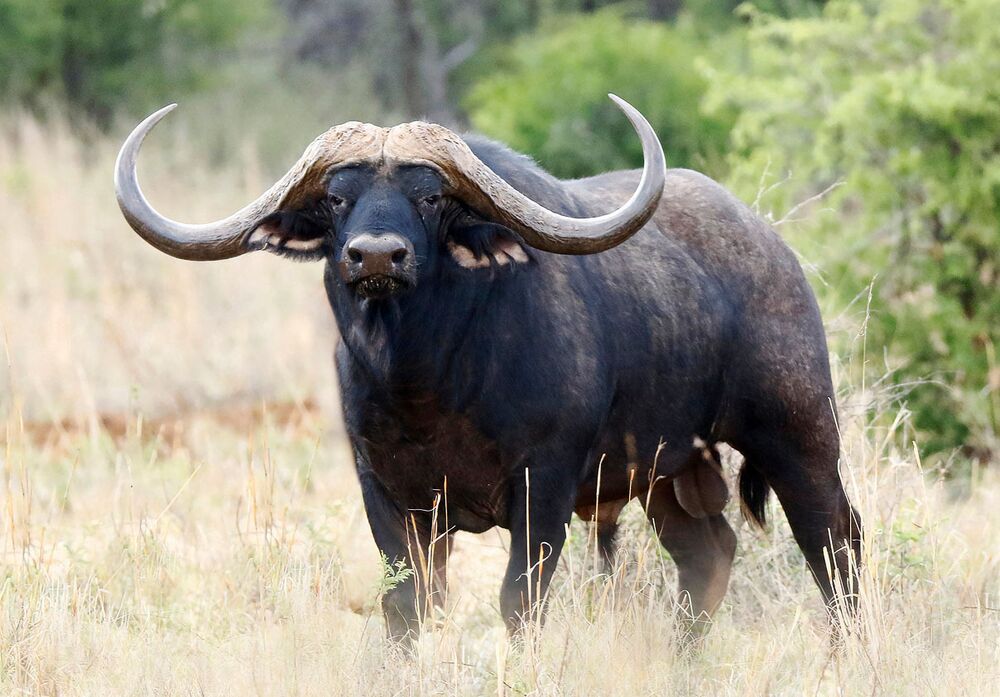

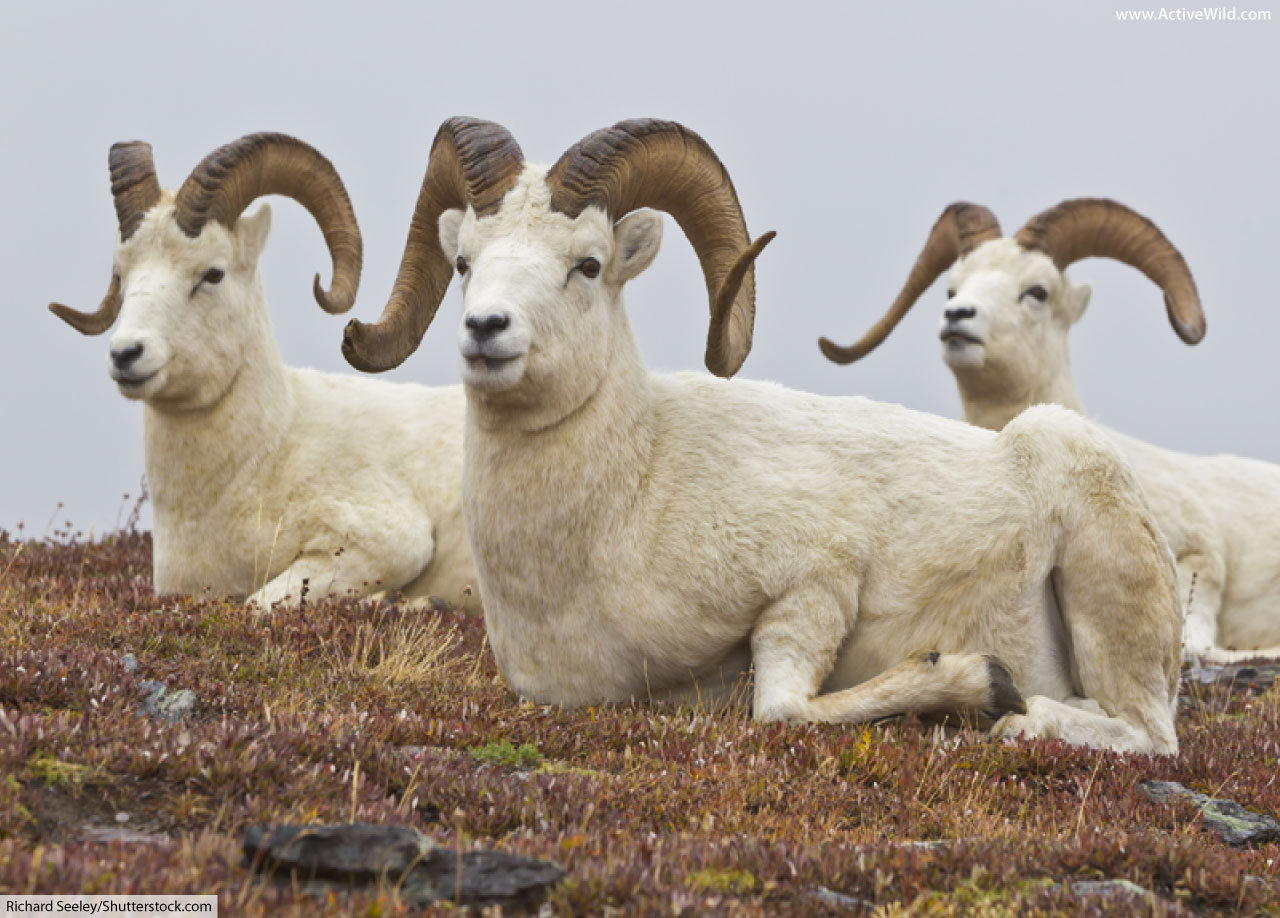

- Rhino (Indian, White) : Rhinos with there keratin horns can have a lot of variation within them,
- Cassowary: These bird have a "casque" and this can be quite variable in shape and sometimes flop over
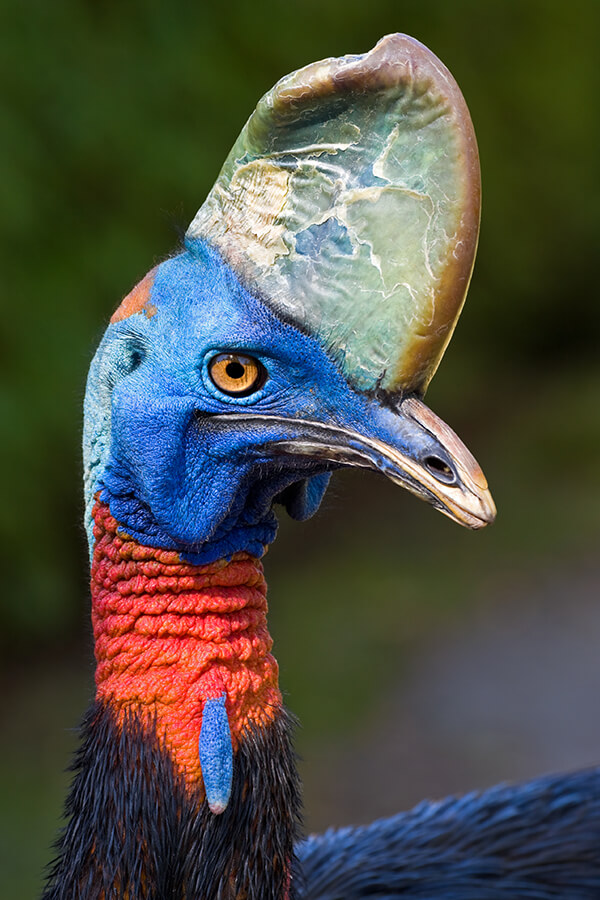
- Cats (Jaguar, Bengal/Siberian Tigers, Lion, Cheetah) : Cats can have a lot of variation within their patterns and colours within them. this chart really shows that very well and mentions which species they apply to, even if they use cheetahs and an template, as Golden tabby morphs only apply to tigers

- Asiatic Black Bears: There is a morph called "golden bears" that have a much lighter brown coat, and has a very cool look to them, similar to the sprit bears morph similar to American Black Bears.


- Plains Zebra: Zebras have some cool variation with golden/blonde/ red morphs which are fun. there are also zebras that have rare stripless individuals that look similar to the extinct quagga. http://breedingback.blogspot.com/2015/08/interesting-colour-morphs-in-plains.html



- Indian Peafowl: Believe it or not there are 185 varieties approved by the United Peafowl Association, but these are the most notable

Both- Black Wildebeest: Black Wildebeest don't have as many morphs as blues, but can have the king morph, which are really incredible looking (example is blue wildebeest but looks similar) and have variation within their horns that would look cool

- Springbok: Springbok have a huge amount of morphs, along with horns that vary in shape, including white, black, blue/silver/grey, copper, coffee, cream/caramel ivory, king, bont, royal, and three colour candy, https://scholar.ufs.ac.za/bitstream/handle/11660/4211/OlivierPA.pdf?sequence=1&isAllowed=y
- Gemsbok: There is a rare golden morph where the black is a lot less muted and make this golden look, and the shape of the horns can vary individual to individual.


- Lion: Lions have a great deal of variation within their manes, in length and colour, with males with high testosterone having darker manes, and someone populations with hair on their knees and belly. there are white lion populations and are a fun morphs.


24/8/21: Updated to fit the Southeast Asian and African Pack
5/10/21: Updated to fit the North American Animal Pack
29/4/22: Updated to fit the Europe and Wetland Animal Pack
Last edited:


